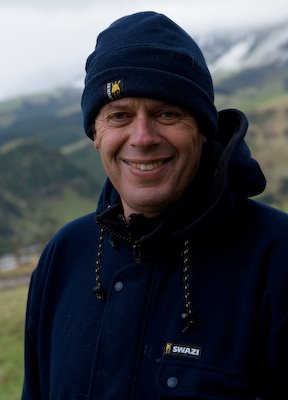Beyond the Literal

Kia ora tatou ( Hi everybody):
There are two terms frequently used in the Art world, representation and interpretation. A question in the last post leads me to think this is something worth talking about.
When we first start to photograph, one of the joys is in the fact that we can freeze time, we can preserve a moment or a memory. Around 97% of all photographs fall into this category. Bar mitzvahs, family holidays, shots of the family cat (did you know photographing Felix/Fluffybum is the most popular type of photography?). In other words, memories. And memories are expected to be accurate. To accurately represent that person, that place, that time.
If we go to a favourite beach for a holiday, we might want to record an image of the place with our cameras so we can enjoy it at a later date. So we stand there, point our cameras, and shoot that. We make an accurate representation of a place and time. Now are you getting it?
If that was what we intended, then there is no problem. Most of the photos in family archives are of this type. And those people are perfectly happy with them. Remember that week in Okarito….?
All of us probably have a calendar we were given near Xmas, from one of those companies that sells bulldozers or power tools (No, not the sort you see on the walls of panel beaters’ smoko rooms!). Inevitably they prompt us to ask the question, where was that shot taken? Inevitably they are shot near midday and an accurate representation of what the place looks like. Hmmm, a wide shot looking down over Kerikeri.. In other words a photograph that is representational.
I am told that if you go to
Representation is fine. Ansel did it to perfection. But there was a motive behind what he did. His aim was to portray the beauty of nature, so that others would come to appreciate the wilderness and thus want to preserve it intact. It worked. His images were instrumental in the development of national parks in the
Graeme Sydney is another case in point. While his work is quite representational ( read: photorealistic), it has a distinct style of its own. He has truly appropriated the
Derivation comes when we approach a subject through another’s eyes, and this often comes because we want to tread in somebody else’s footsteps. In Western Art, imitation is not the sincerest form of flattery. It is plagiarism (curiously, Eastern Art forms have, until recently, taken the opposite approach). We look to see the psyche or philosophy of the author in the work, and preferably a new viewpoint.
All art relies on what has gone before, and all artists’ influences have their foundation in the past. What makes the difference is the extent to which the artist absorbs those influences and filters them through his/ her own beliefs and artistic concerns. Andy Warhol’s work can be referenced back to the Photo Montage movement of 1930’s
So where does this leave we photographers? If we like making landscapes, we could take the time to think about why we like making them, about the aspects of the landscape that talk to us, and how we feel about this. We could take the time to write these down, including facets that we feel passionate about. Then we could well spend time looking at the works of the masters, including their raisons d’etre. (There is a reason why Fine art students all have to study Art History…..).
If we read widely, then think about our own attitudes and beliefs, we will be well on the way to making images that bear our own imprint. We begin to interpret our subject matter, putting our own authority on it, and to make photographs that offer more than mere documentation/representation.
Photographs which are not derivative.
Ka kite ano ( talk to you soon)


2 Comments:
Interpretation! And the thoughts are endless - but the challenge lies in reproducing this via the lens - ah well - just keep experimenting I s'pose! I enjoy reading and thinking about what you say, Tony . . . .
Great post, Tony. You've articulated these issues about as clearly as I've read; the post has certainly clarified some of my muddy thinking.
And yes, Yosemite does indeed have the famous photo points (didn't notice the tripod stands, though). I recall taking my place at one viewpoint and feeling reluctant to take a photo because I couldn't see how the result would be anything but a 2nd rate duplicate of the Ansel Adams image.
Post a Comment
<< Home